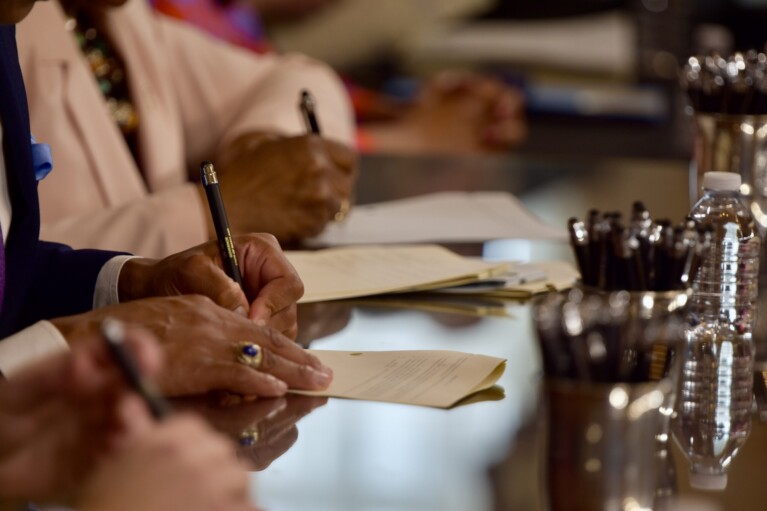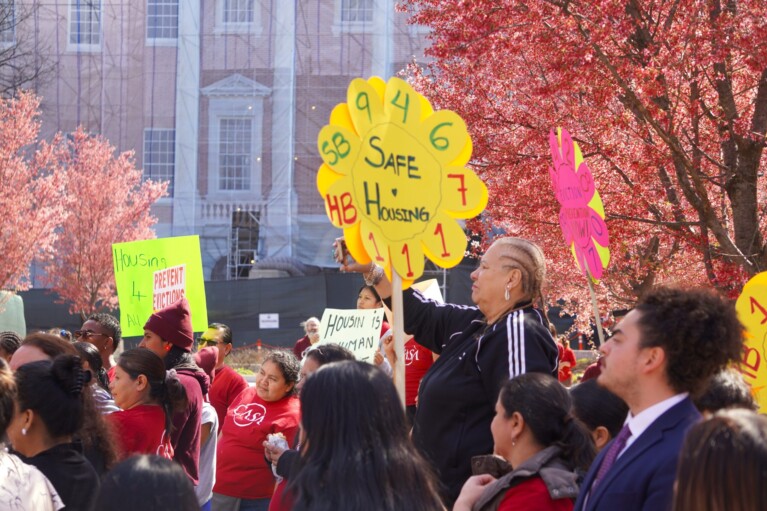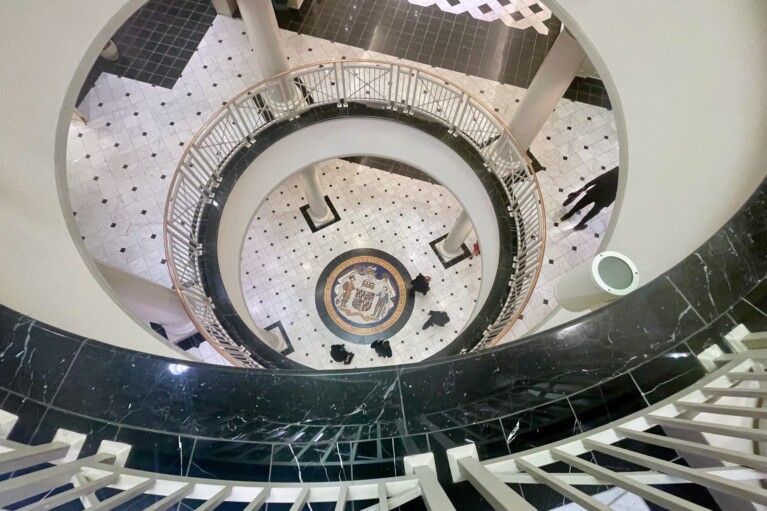Opinion: Solitary Confinement Is No Place for Children — or Anyone, For That Matter
When he came home after three years on Riker’s Island, N.Y., and two years spent in solitary confinement, Kalief Browder was changed. He was still a child when he was arrested, only 16, and he was never convicted of any crime. He was stuck in detention all that time because he could not afford bail. But he paid an even higher price.
Kalief tried to hang himself in solitary, then again after he was released. He tried to go back to school but was in and out of mental institutions. Kalief would spend days on end in his room, in a self-imposed solitary confinement. He would set up bottles on his window and talk to them. He believed he could be back in solitary again at any time.
Kalief had been tortured, which is how the United Nations characterizes long-term solitary confinement. Two years after he was released, he committed suicide. He was just 22.
Kalief Browder’s death spurred national action.
In 2015, President Barack Obama ordered the U.S. Department of Justice to review the use of solitary confinement in federal prisons. The final recommendation? “[J]uveniles should not be placed in restrictive housing.” The report made clear that even in the very rare cases where a child truly posed a serious and immediate risk of physical harm to others, “the placement should be brief, designed as a ‘cool down’ period, and done only in consultation with a mental health professional.”
The trauma of solitary hit close to home in Maryland, too. In 2017, 29-year-old Emily Butler was found unresponsive in a “segregated” cell at a women’s prison. Emily, who was incarcerated for a non-violent crime, apparently committed suicide.
What’s called “restrictive” or “segregated” housing in Maryland is consistent with international definitions for solitary confinement: locked in a room or cell for 22 or more hours out of a 24-hour period. Almost all human contact occurs while the incarcerated person is in restraints and behind some sort of barrier.
A lot of damage can be done to a human being in a short period of time in solitary. In 2016, persons in Maryland were spending an average of two months in “restrictive housing.” In contrast, the United Nations Special Rapporteur on Torture says there should be an absolute prohibition on restrictive housing for longer than 15 days.
Suicide is the clearest sign of serious mental distress, one that cannot be rectified after the fact. Yet, there are few mental health resources available to incarcerated people in Maryland. Many of those who are put in solitary in our state prisons are already seriously mentally ill — 230 individuals in fiscal 2018 alone — and that does not account for what’s happening in our local jails.
There is a popular misconception that it’s used only for the most violent and dangerous inmates. The main reason cited by our state corrections officials is to “keep them safe.” But Kalief Browder and Emily Butler are clear examples of solitary endangering lives. It causes severe physical and psychological harms, such as psychosis, trauma, severe depression, serious self-injury – and suicide.
This unnecessary trauma is even more serious when you realize its racialized impact. In Maryland prisons, black people are vastly over-represented: 70 percent of inmates are black, even though less than 30 percent of Maryland’s population is black. There is a perverse racism inherent in the treatment of prisoners, too, which is exacerbated by the stark contrast between who is housed in the state’s prisons and who works at many of the prisons.
For example, at North Branch Correctional Institution, a “hyper-max” prison in Western Maryland, 80 percent of prisoners are black but almost 100 percent of prison staff is white. A 2018 report by Disability Rights Maryland documented prisoner complaints at NBCI, including use of racial slurs, force and hostility by some staff, and that racial tensions are palpable.
And what happens when people traumatized by solitary are released? In fiscal 2018, 287 people were released directly to the community after spending on average 49 days in solitary confinement. Solitary confinement does not make prisoners safer and it certainly does not make the communities prisoners return to any more safe.
We are proud that Maryland has passed HB 1001/SB 774 [sponsored by Del. Jazz Lewis and Sen. Will Smith], which goes into effect this month. The bill limits the use of solitary confinement for children. However, there are countless other vulnerable populations — those with mental illnesses, elderly inmates, the LGBTQ+ community — remain without protection against this abusive practice.
We must continue to look inward behind the walls and improve the conditions of confinement for Marylanders. Let’s not allow Kalief and Emily to have died in vain.
— AKEEM BROWDER, DEL. JAZZ LEWIS AND SEN. WILL SMITH
Akeem Browder is a social justice activist and brother of Kalief Browder. Del. Jazz Lewis, a Democrat, represents the 24th District in Prince George’s County. Sen. Will Smith, a Democrat, represents the 20th District in Montgomery County.
Did someone forward this to you?
Get your own daily morning news roundup in your inbox. Free. Sign up here.




 Creative Commons Attribution
Creative Commons Attribution